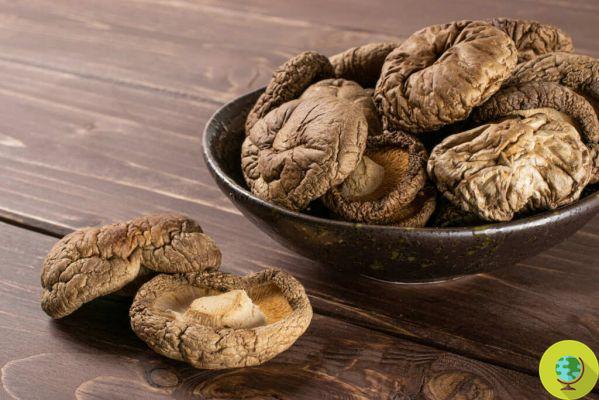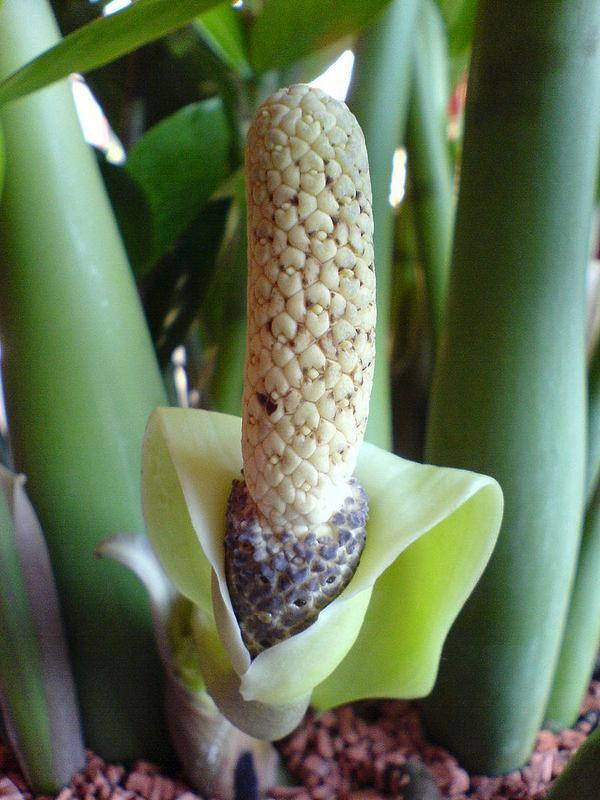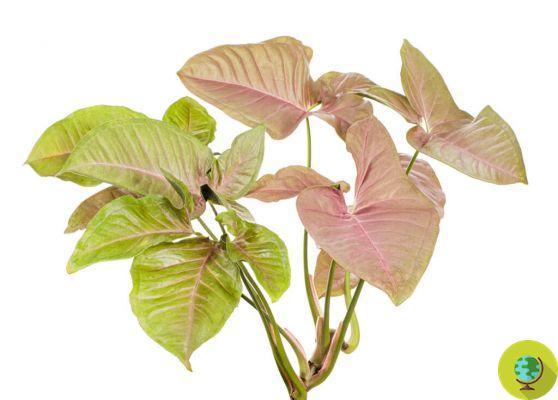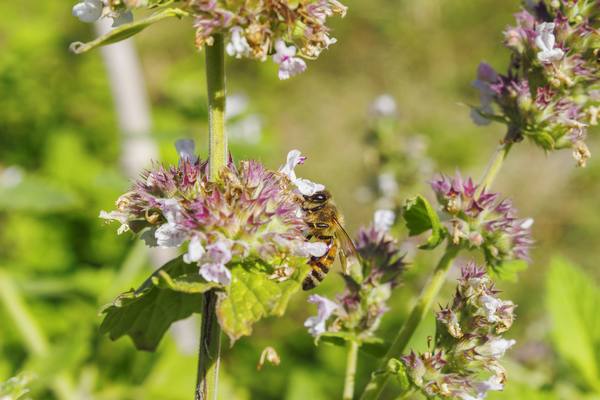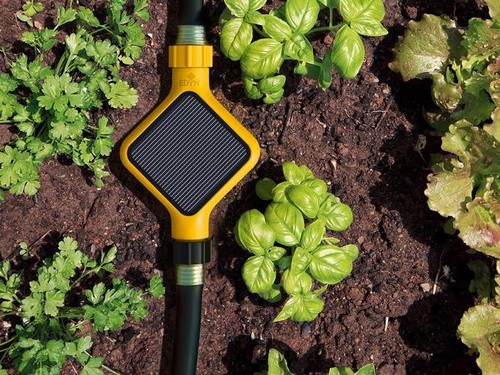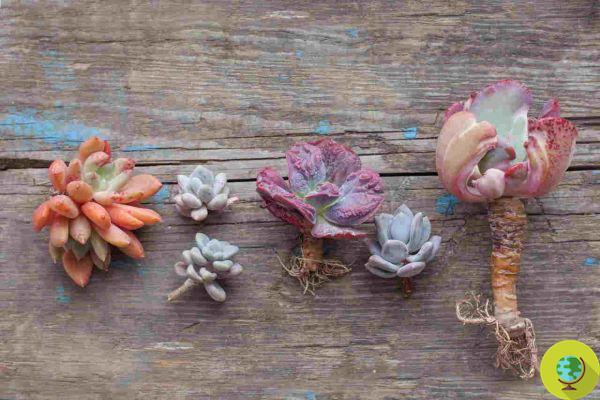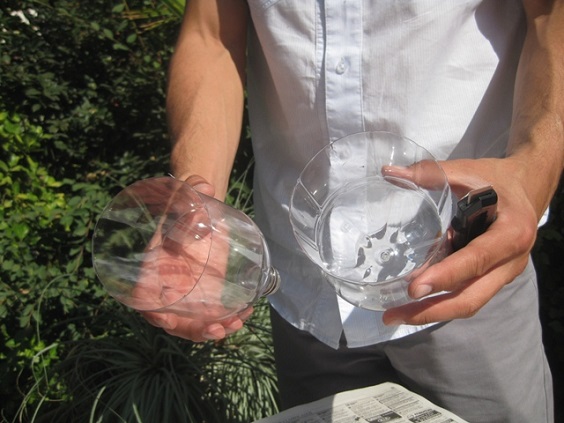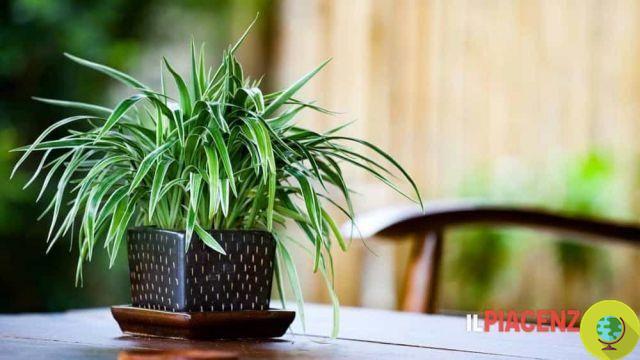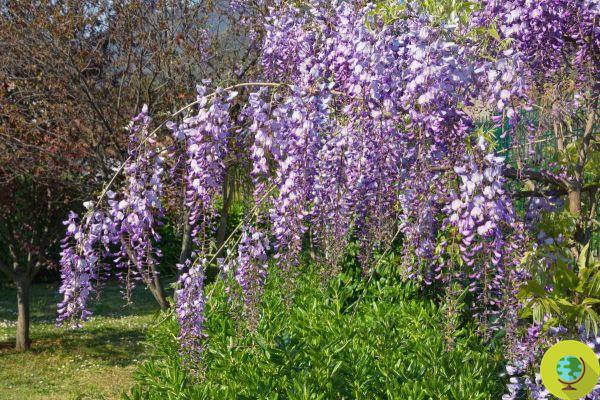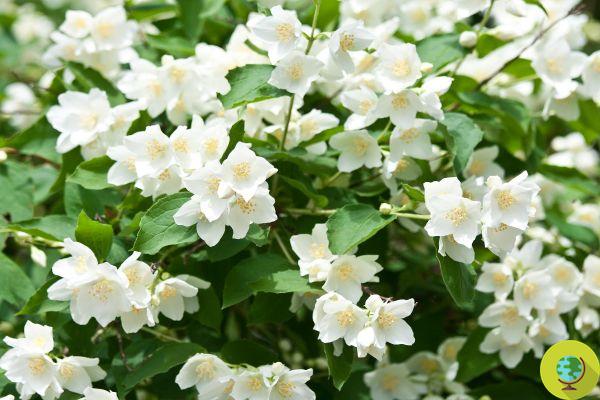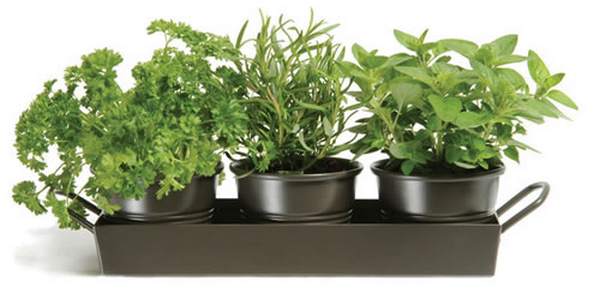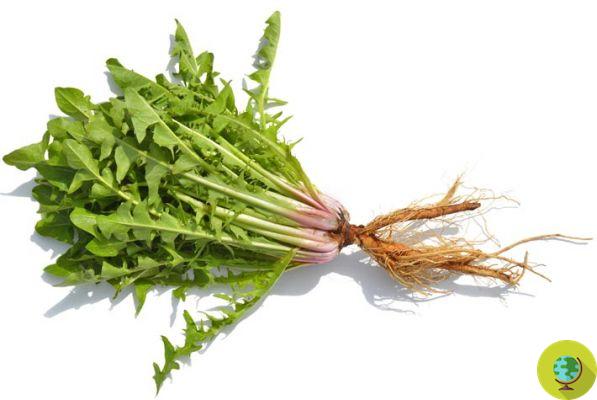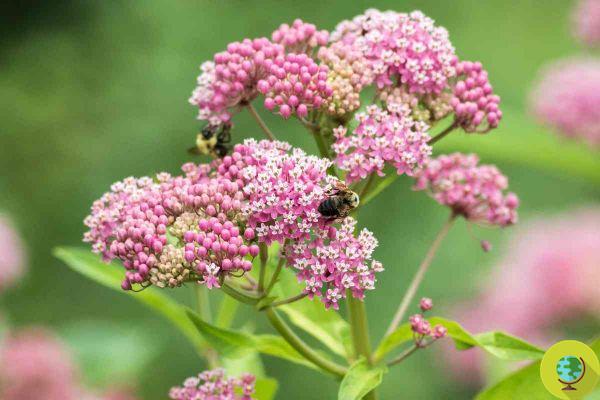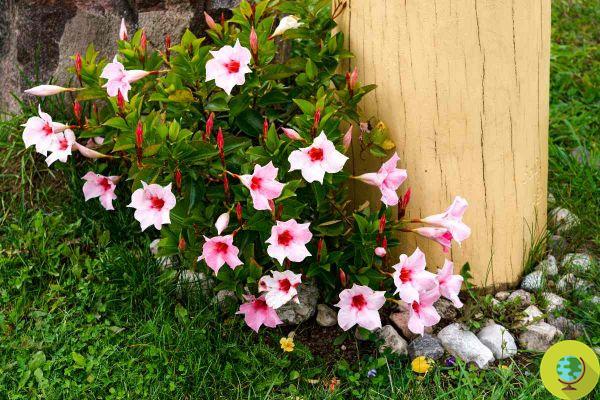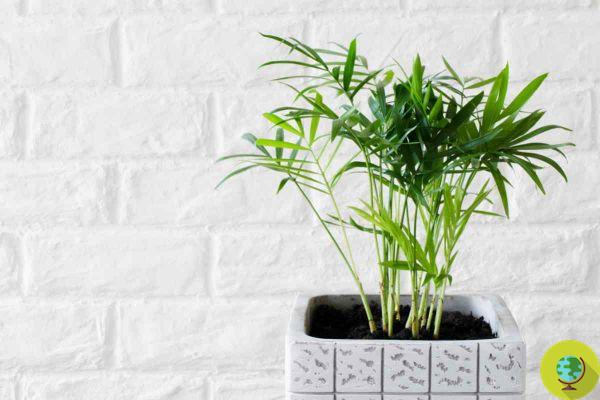How to grow mulberry, a forgotten plant that in the past was sought after and precious not only for its delicious fruits
He is about to end up run over, his mother saves himHow to grow mulberry, a forgotten plant that in the past was sought after and precious not only for its delicious fruits
There are about 68 species of the genus Morus, to which the mulberry belongs. Most of these species are found in Asia, especially China (24 species) and Japan (19 species), while the genus is poorly represented in Africa, Europe and the Near East, and is not present in Australia. Let's talk about a plant belonging to the Moraceae family, already known by the ancient Romans from the fruits very juicy and thirst-quenching. Mulberry is a fast growing deciduous woody perennial with a deep root system. The leaves are simple, alternate, stipulated, petiolate, whole or lobed and the plants are generally dioecious. The main pollinating agent in mulberry trees is wind. The mulberry, black or white, (Morus alba, Morus nigra) is a plant that adapts well to our climate and has been cultivated since ancient times for the multiple uses of foliage, for its positive impact in the recovery of degraded land, in bioremediation of polluted sites, water conservation, soil erosion prevention and air quality improvement. Mulberry is also used as a medicinal plant thanks to the biologically active pharmacokinetic compounds present in the parts of leaves, stems and roots, but everyone knows that it is mainly exploited by the sericulture industries since its leaves are the nourishment of silkworms (Bombyx mori) , as well as for pets. The tender leaves can also be used for human consumption, being a little sweet.
Index
Mulberry as a medicinal plant
In Phytotherapy, most of the components of the mulberry tree are usable, therefore not only the fruits but also the bark, roots and leaves. In particular, the white mulberry it has diuretic and laxative effects and therefore, it is excellent for those who suffer from constipation. The black mulberry on the other hand, in addition to its laxative properties, is an excellent decongestant, refreshing, tonic and soothing. It has purifying and antibiotic properties (which we find in the leaves) so much so that even in the past it was used in the form of mouthwash to soothe inflammation of the mouth and throat, but also against cough and as an expectorant. Generally, the bark is used through decoctions, excellent for constipation, while the leaves, put in infusion, have diuretic properties. As I mentioned earlier, the property of greatest importance is that hypoglycemic and in this regard, studies are still being carried out to understand exactly which are the components responsible for this characteristic to be exploited precisely for patients suffering from type I and II diabetes.
Mulberry as an environmental purifier
The aerial parts of the mulberry tree can absorb air pollutants and its roots the soil pollutants: the leaves of mulberry plants have a strong ability to absorb carbon dioxide, carbon monoxide, hydrofluoric acid, sulfur dioxide and chlorine from the atmosphere and its roots to absorb pollutants from the soil. This plant can absorb 5,7 g of sulfur dioxide per kg of dry leaves. Mulberry roots are larger in diameter near the stem portion and therefore rapidly decrease in size forming a carpet-like fibrous structure that allows them to absorb high concentrations of carbon pollutants from the soil.
It is therefore the ideal plant to plant to recover contaminated land around industries and chemical factories.
How to grow mulberry
Mulberry trees are simple to grow. The easiest way to grow these plants is to buy young specimens that already have roots and to prune the young trees in late winter to allow them to develop strong structural branches. Once the plant has grown, consider summer pruning the branches to make the tree more rounded in shape. Fertilize in spring with compost and mulch to keep the soil evenly moist until the plant is large and sturdy.
Climate and exposure
Mulberry can be grown from sea level up to an altitude of 1 000 m. The black mulberry is a little less resistant to cold than the white mulberry and is therefore a more widespread species in southern regions where it was widely cultivated for the production of fruits. Today it is mostly used as an ornamental tree; the presence of fruit mulberry trees is currently quite rare and the specimens present are often very old. Mulberry thrives in various climatic conditions ranging from temperate to tropical located north of the equator between latitude 28 ° N and 55 ° N. The ideal temperature range is 24 to 28 ° C. Mulberry grows well in places with annual rainfall of between 600 and 2 500 mm. In areas with low rainfall, growth is limited by water stress, resulting in low yields. Mulberry trees require an average of 340 m3 / ha of water every ten days in the case of clayey soils and 15 days in clayey soils. The availability of sun is one of the factors that control the growth and quality of leaves.
Soil conditions and temperature
Mulberry thrives well in flat, deep, fertile, well-drained, loamy to loamy and porous soils with good moisture-retaining ability, but can also grow in arid soil with coarse, nutrient-poor soil type and in soils disturbed by conditions of water stagnation, under drought stress and in salinity conditions.
Mulberry has a strong and deep root system that forms a very intricate and dense network, with secondary and tertiary roots in any type of soil, which allows it to withstand dry and unfavorable periods. These characteristics have also allowed mulberry plants to withstand storms and strong winds, to grow mulberry plants even in arid and highly contaminated soils and even to use them successfully for the reclamation of brackish lands and stony desert areas. It is a plant capable of withstanding adverse environmental conditions from -30 ° C up to temperatures of over 40 ° C. Mulberry plants have also been used successfully for the ecorestoration of brackish lands and stony desert areas.
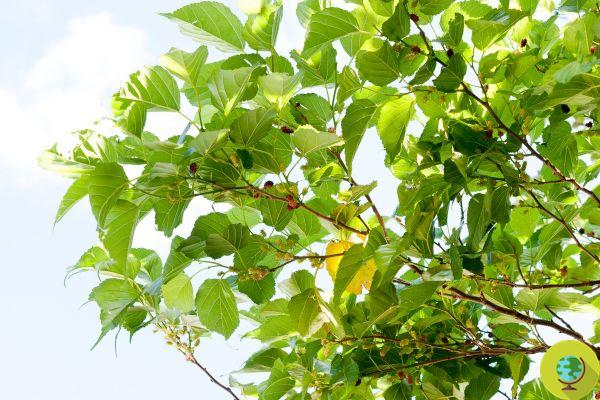
@rachenphotographer/123rf.com
Multiplication by cuttings
You can also make a cutting yourself starting from an existing plant, preferably starting in autumn:
- First prepare a pot with a mix of soil, perlite and sand and water.
- Cut several healthy branches that measure approximately 20cm in length using a sharp knife so as not to tear the plant tissue by cutting just above a leaf node, which is where a leaf or bud emerges from the stem.
- Remove flowers, buds, and leaves from the lower half of the cut twigs.
- If you want, buy some powdered or liquid rooting hormone and soak a few inches of your cutting overnight before planting, following the product's instructions.
- Plant the cuttings to a depth of about one third of their length.
- Place the pot in the shade and keep the soil well moist. After about four weeks, check that the roots have sprung up and at this point you can transplant the cuttings into a larger pot, and then outdoors when the weather warms up in the spring.
Harvesting: mulberry fruits
The "fruit" of the mulberry is one blackberry, purplish black or white. The fruits, improperly called mulberry blackberries, are composed infructescences formed by the union of a real fruit, the nucule, and a false fruit, which constitutes the pulp.
The correct name for this infructescence is sorosio and it looks like a small raspberry or a blackberry, but it is bigger and elongated. Mulberries have few admirers other than birds, and usually a large tree produces more mulberries than you and the birds can eat, but if you want to keep them all to yourself, cover the trees with a net during fruiting.
The "fruits" fall from the tree when they are ripe and at that time it is advisable to put sheets of mulching cloth under the plant so that they do not end up on the ground and to make a harvest by shaking the branches.
- Follow your Telegram | Instagram | Facebook | TikTok | Youtube
We also recommend:
- A cherry born on a mulberry tree: the rare Bialbero di Casorzo
- Sentiero dei Gelsi, the ancient 9-kilometer path so loved by the Queen of Caserta has been recovered and reforested
- White or black? The mulberry, properties, uses and where to find it
- Domestic pollution: 15 indoor plants that purify the air in the house





